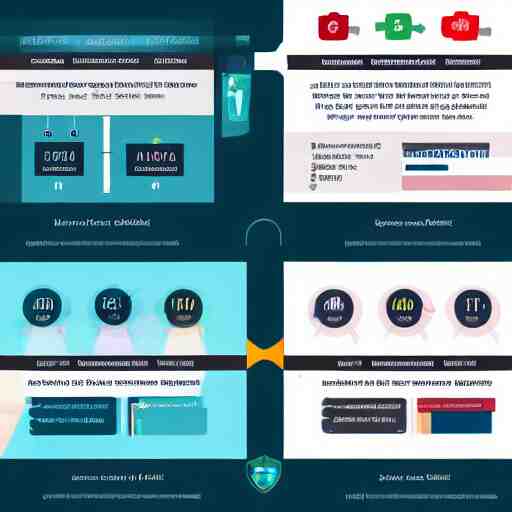If you want to know the best commodity API in 2021, you are in the right page. This API will help you get all the information that you need in a simple way. Moreover, it works worldwide and it is compatible with all platforms.
In this post, we will mention all you need to know about this commodity price API. Keep reading to find out more.
APIs work as a link between two software programs. This type of technology allows developers to create apps that access the data or capabilities of an existing software system. In other words, an API is a software code that allows two different software systems to communicate with each other and exchange data. Commodity APIs are used for research and analysis of the commodity market. They provide data on live commodity prices, historical prices, futures prices, and commodity indices across different markets. You can also use these APIs to track trade executions and analyze market trends.
In 2022 commodities play a key role in global trade as a form of payment for goods and services. They also serve as a hedge against inflation and as an investment class.
Commodities are traded on commodity exchanges around the world. These exchanges set the price at which commodities are bought and sold based on supply and demand.
There are many types of commodity APIs available: metals, energy, agriculture, pulp and paper, livestock, and others. These APIs provide live market data such as prices and historical data, as well as futures pricing information. They also offer tools such as charts, news feeds, and trading capabilities.
Best Commodities API In 2022: Get Current Prices Of Any Commod
Check different Commodity rates with this API. Get the latest price, prices per date, open, close, and much more.
To make use of it, you must first:
1- Go to Commodities API and simply click on the button “Subscribe for free” to start using the API.
2- After signing up in Zyla API Hub, you’ll be given your personal API key. Using this one-of-a-kind combination of numbers and letters, you’ll be able to use, connect, and manage APIs!
3- Employ the different API endpoints depending on what you are looking for.
4- Once you meet your needed endpoint, make the API call by pressing the button “run” and see the results on your screen.



